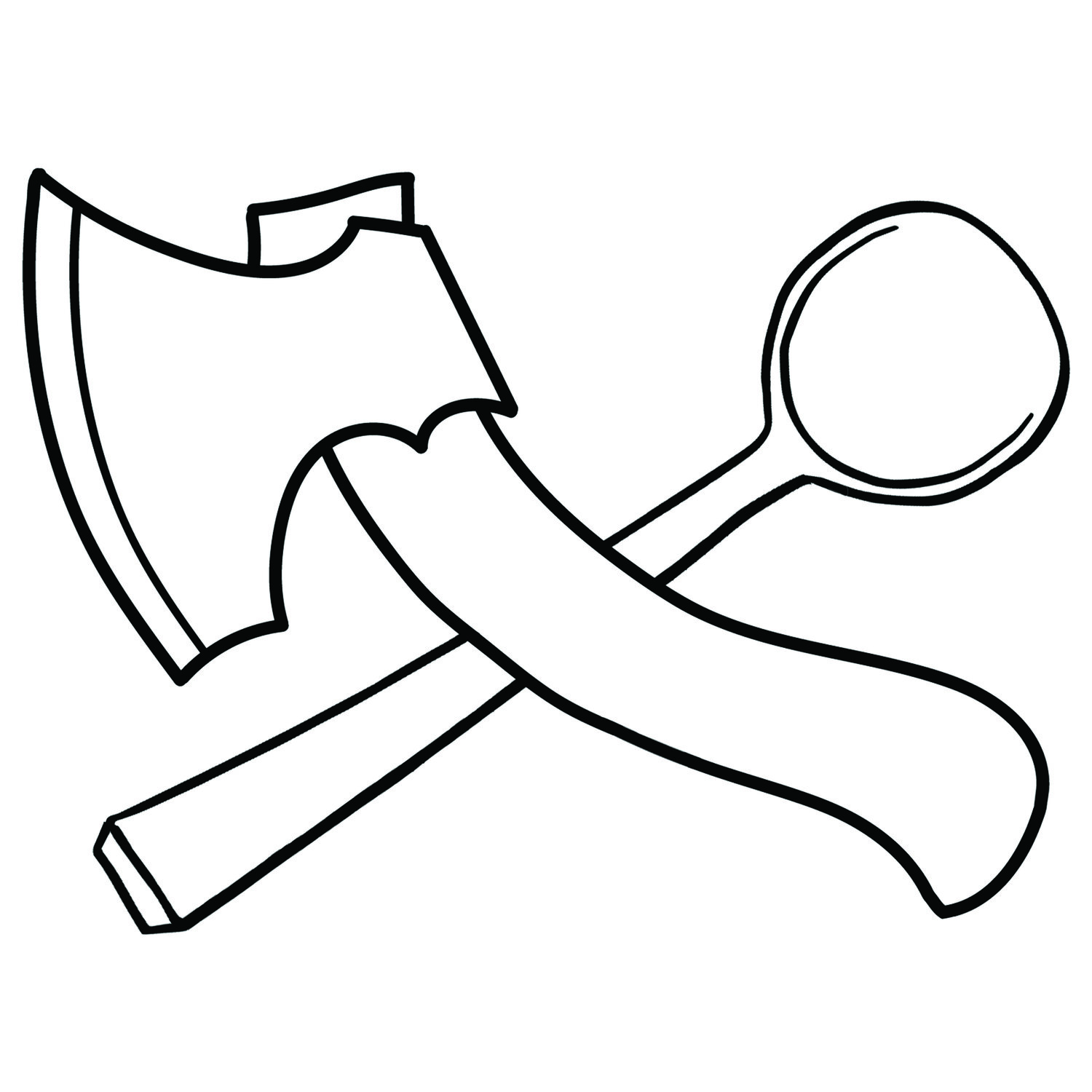My 3 Favourite Carving Woods
Silver birch (Betula pendula)
Identification
Some Traditional Uses
The bark has been used to make containers and even canoes. The thin, flexible branches are used to make besoms (think 'witches broomstick'). Birch poles were also used to stir molten copper as they prevented oxides from forming, which meant a purer copper.My Birch Carvings
Maples (Acer campestre - field maple, Acer pseudoplatanus - sycamore)
Identification
Tend to be densely crowned, with pale, cracked bark. The leaves are opposite paired with five veins radiating from the stem to five lobes. Most easily recognised by their winged seeds that spiral to the ground like little helicopters.
Some Traditional Uses
Perhaps most famously used to make violins, with the rippled grain being referred to as 'fiddleback'. The sap can also be boiled down to make syrup.
My Maple Carvings
Hornbeam (Carpinus Betulus)
Identification
The grey, smooth bark makes the trunks look a little like elephant's legs. The leaves a deeply veined with fine, uneven serrations.
Some Traditional Uses
Hornbeam is a very hard wood. As such it has been used for mallet heads, skittles and butchers' chopping blocks. The wood also burns very long and hot, used to smelt iron.
My Hornbeam Carvings
 |
| Hornbeam shrink pot |
 |
| Hornbeam spoon and small shrink pot |









